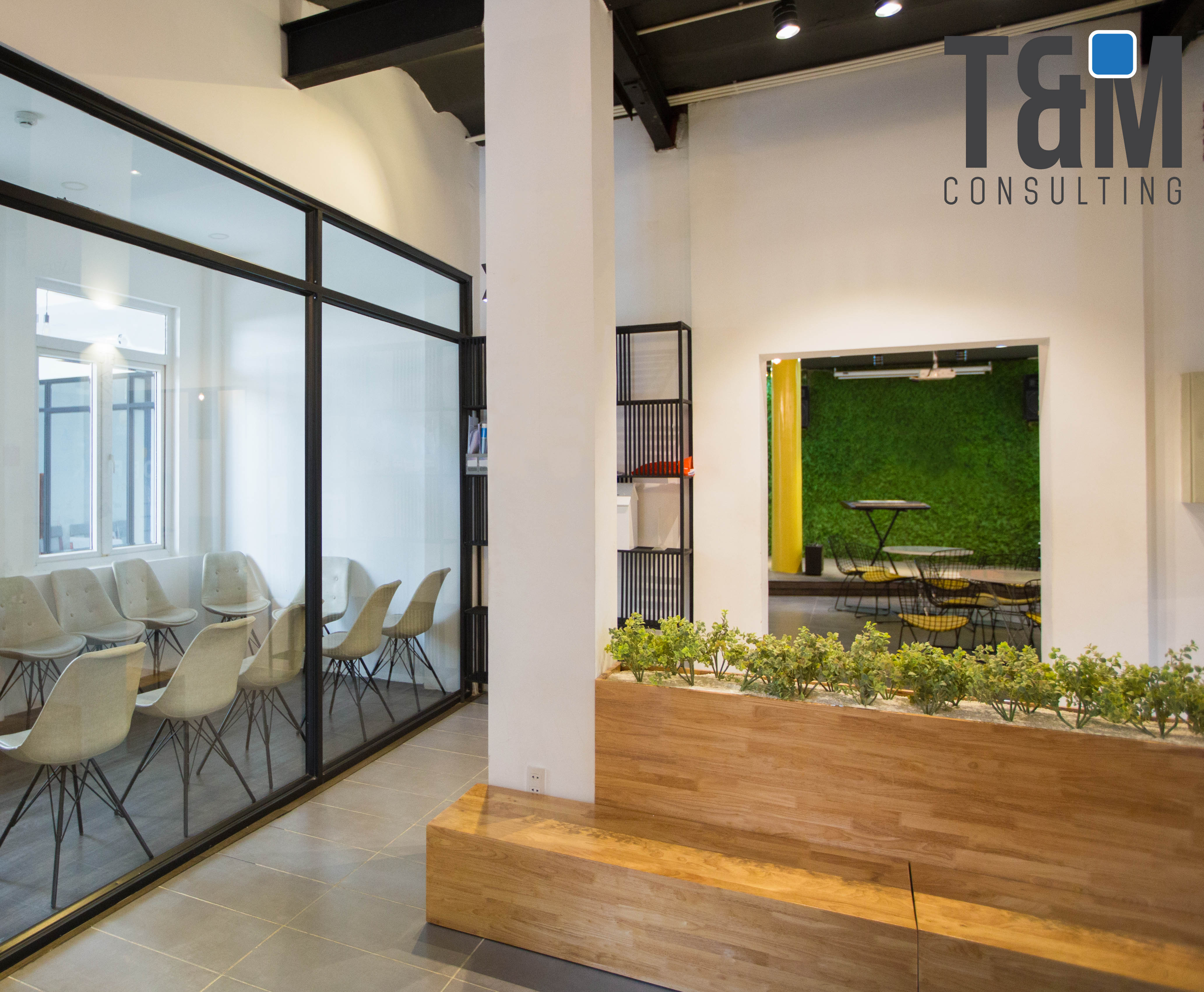Productivity
Neuroarchitecture, a branch of architecture that works hand in hand with scientists.

The pandemic has brought neuroarchitecture into vogue, when architects and neuroscientists work together to design spaces and areas focused on the brain functioning of those who occupy them, with changes in colors, textures, furniture, window placement, and even the sounds that might be perceived.
The environment can modify the brain, and therefore behavior, inspired by the neuroplasticity of the brain, neuroarchitecture is a discipline interested in modifying brain chemistry through the study of environmental elements, managing to transform emotions, thoughts and behaviors.
Due to the pandemic, commercial and business spaces have made changes that conform to health measures, but more than anything, to the return of workers who have opted for teleworking for a long period. To make these changes, organizations have relied on neuroarchitecture to achieve spaces that promote creativity, concentration and communication among collaborators.
Today, some key elements are known that could improve the dynamics within organizations: if the space has architectural designs with steep angles are spaces that favor the appearance of stress, low ceilings favor concentration and high ceilings creativity, ideal for artistic activities, among others.
The neuroarchitecture gives importance to nature and outdoor spaces, this gives the brain the ability to disconnect and recharge energy, so the employee improves their performance and optimizes the time during the facilities. Additionally, if an active person receives music to their liking, they release extra amounts of dopamine, a hormone that improves concentration at work.
All this is substantiated, neuroarchitects use medical tools and technological innovations to assess the impact among workers, such as measuring brain activity against stimuli such as observation of spaces or measurement of heart rate to know the changes in stress or anxiety levels. These data become part of the big data or machine learning, essential to interpret the results.
Another tool used is virtual reality, placing workers in front of different environments or stimuli and how they react to subtle or important changes.
Neuroarchitecture is not exempt from the use of digital components to improve spaces to achieve well-being among users, timers that alter the lighting at defined times, opening blinds, turning on or off sounds and music according to the workday, among others, so the demand for the design of intelligent spaces is increasing.
Understanding how the human brain works will allow us to create space design strategies, influencing how we rest, produce and feel in the work environment, in addition to achieving efficient spaces in synergy with workers.
20 de Julio, 2021





